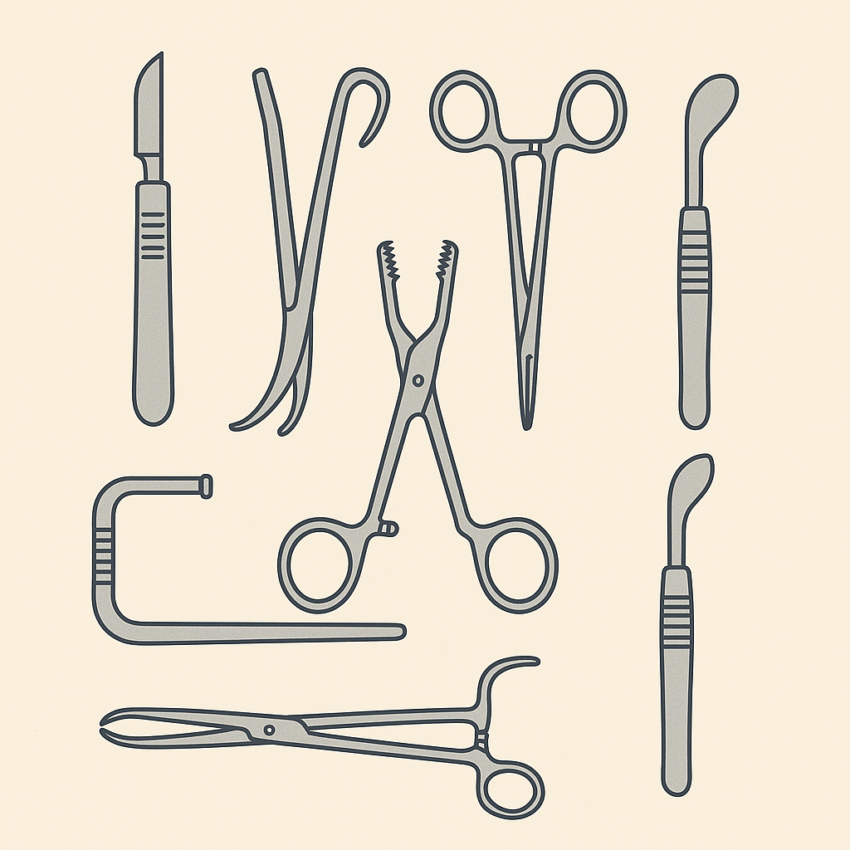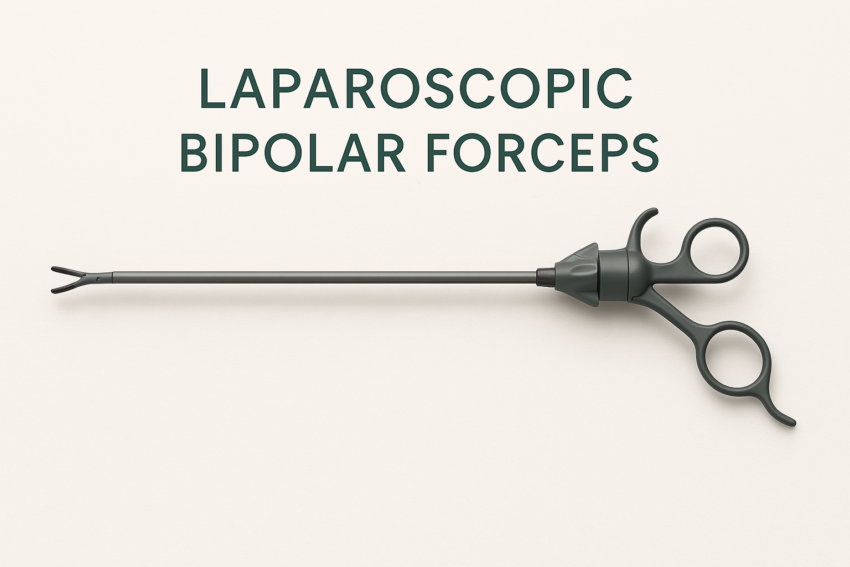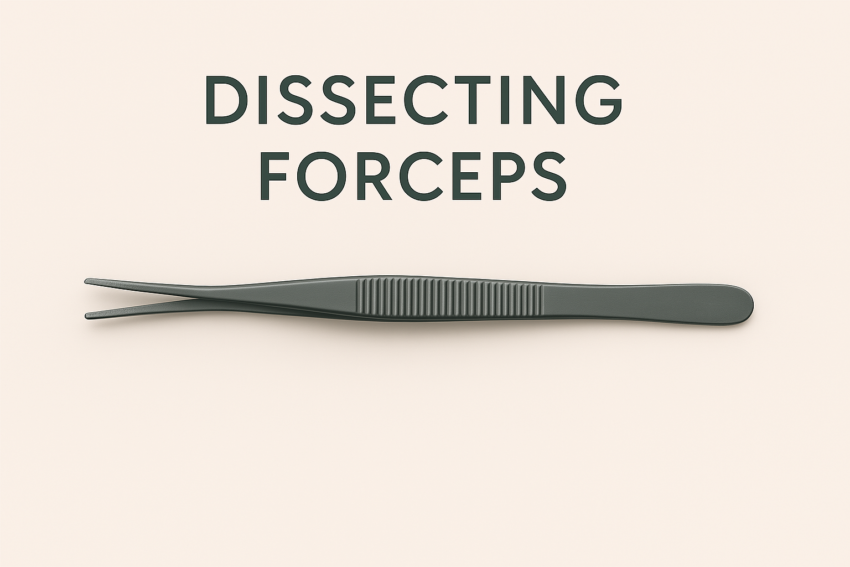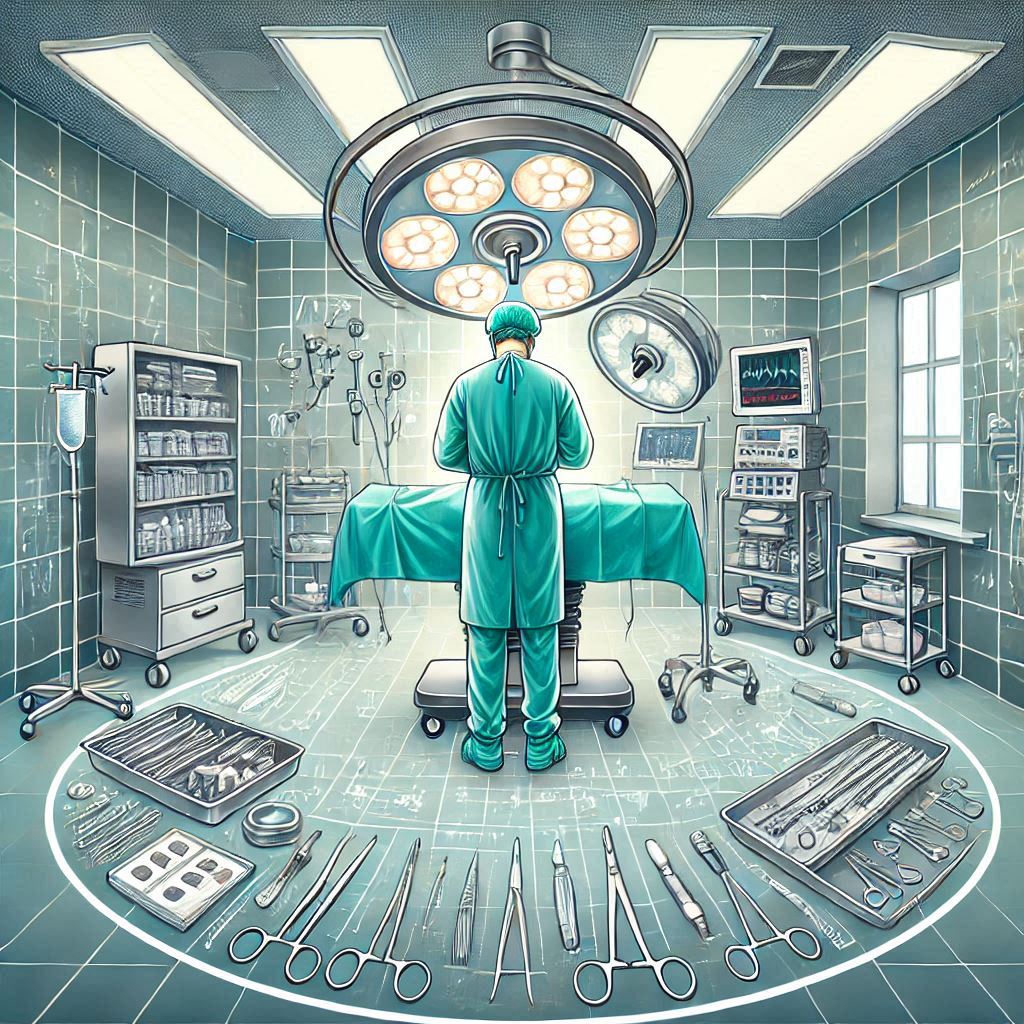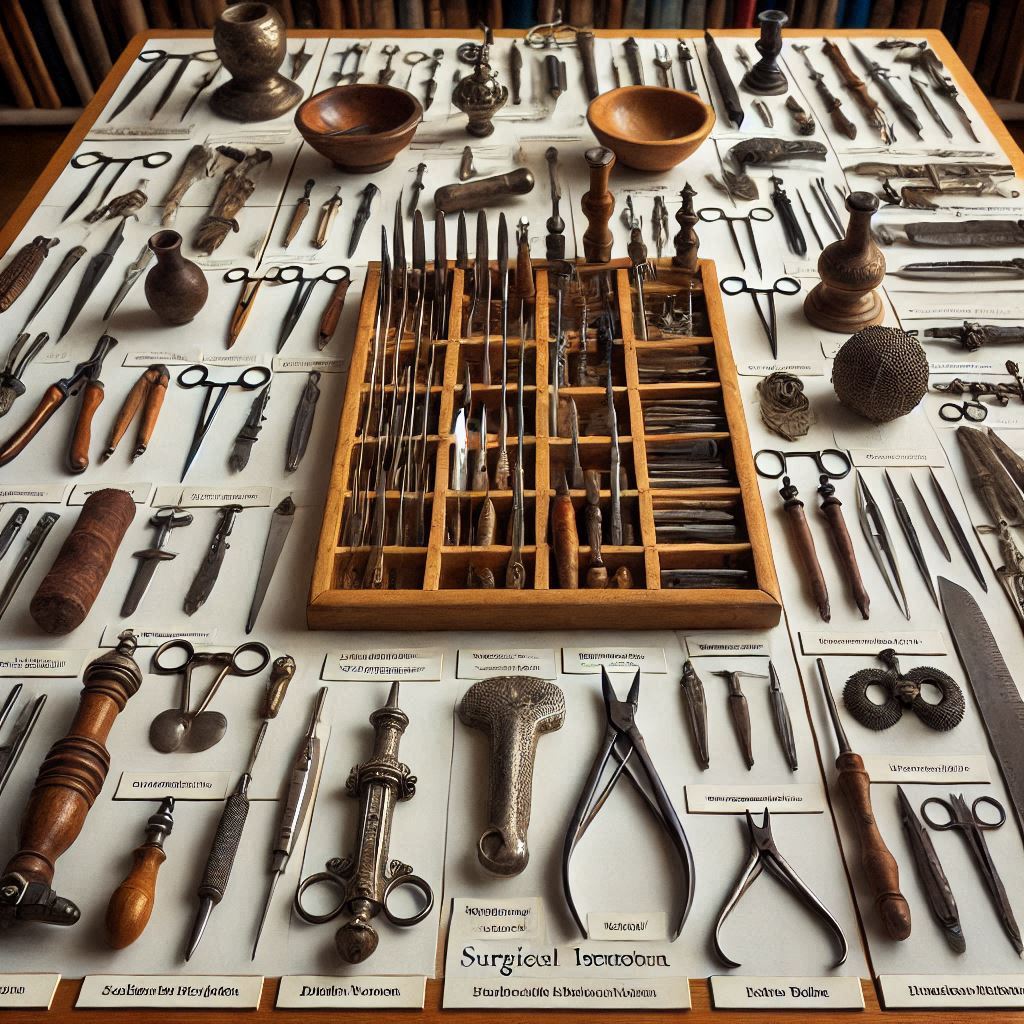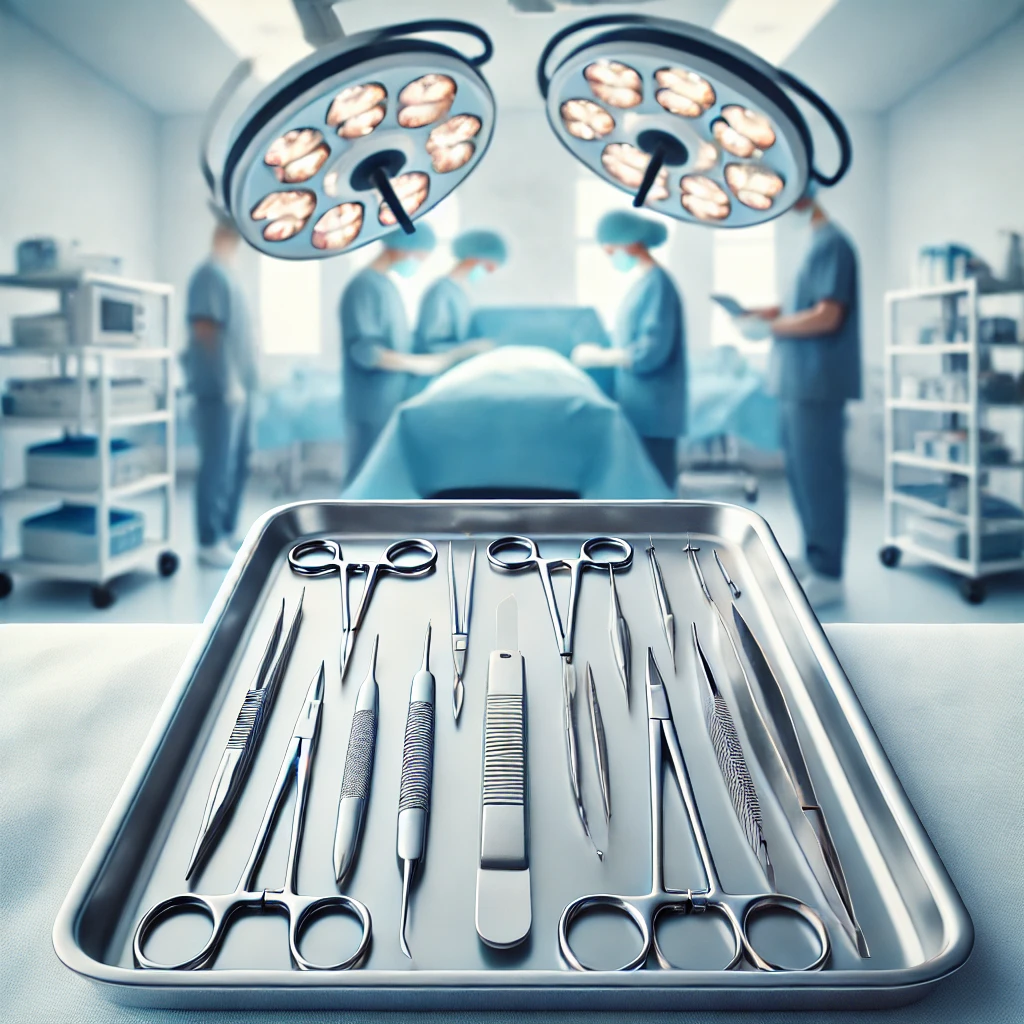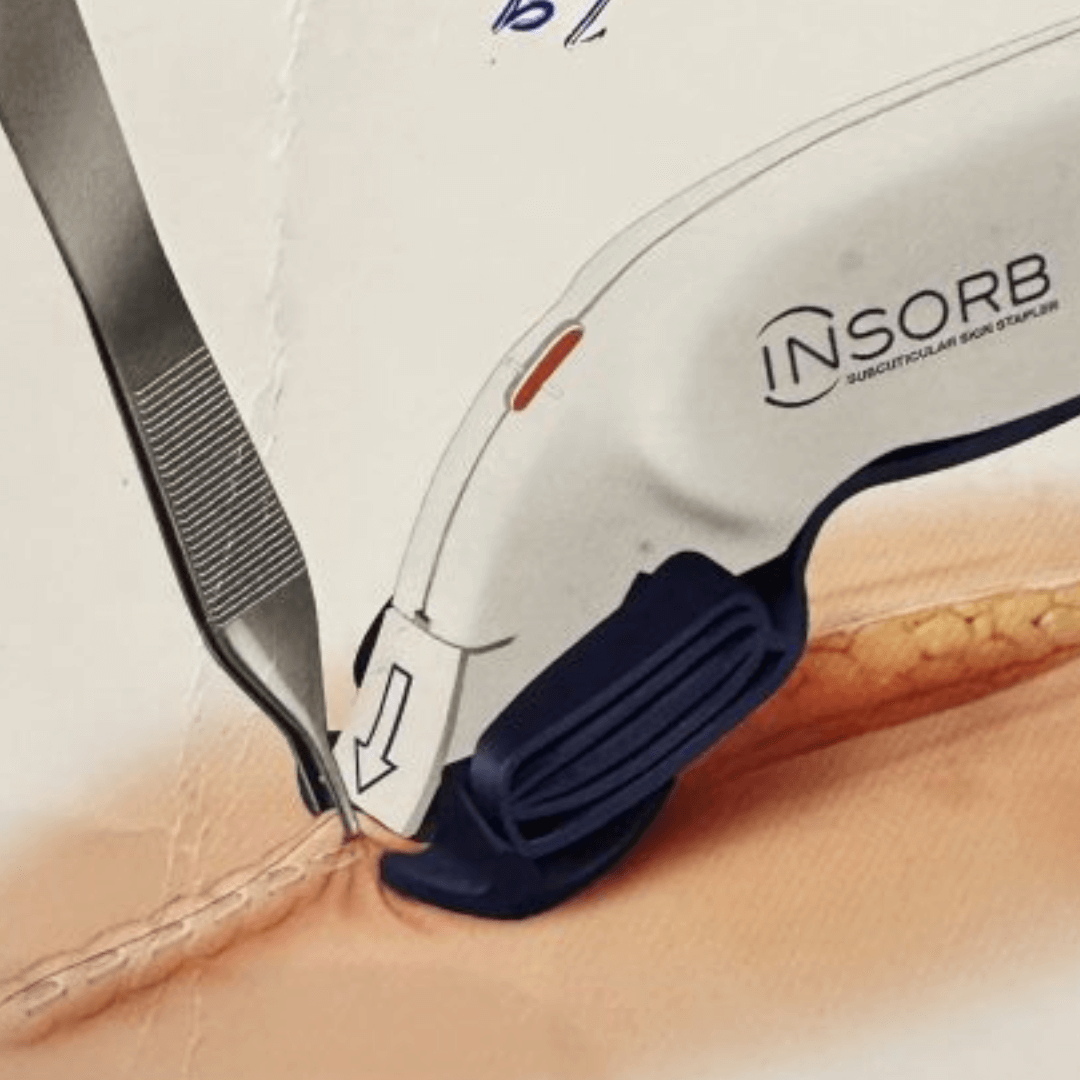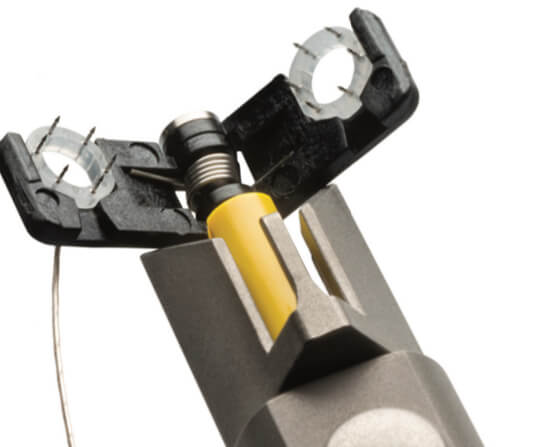Stepping into the operating room for the first time can feel like entering a different world—one defined by precision, teamwork, and an unspoken language of tools. For beginner nurses, understanding basic surgical instruments is the first step toward confidence and competence. From scalpels that start the incision to retractors that hold the path open, each tool serves a vital role. This guide introduces the foundational instruments you’ll encounter, offering clarity and familiarity before you even scrub in. Whether you’re assisting or observing, knowing your instruments isn’t just practical—it’s part of becoming a trusted presence in the surgical team.
Surgical Instruments
How To Perform Surgical Count Of Instruments?
still remember my first surgical count like it was yesterday—my hands were shaking, my mind blank, and I was terrified of making a mistake. The pressure felt overwhelming, knowing a patient’s safety depended on my accuracy. But with guidance, practice, and support from my OR team, I learned to master the surgical count. In this blog post, I’m sharing everything I wish I knew back then: the step-by-step process, what items to include, when to count, and real tips that helped me stay calm and focused. If you’re new to the OR, this guide will help you feel prepared.
Top 6 Impactful Reasons Disposable Bipolar Instruments Are Essential in Surgeries
Disposable bipolar instruments are super important in modern surgeries, especially those that are minimally invasive. These tools help surgeons cut, coagulate (which means to stop bleeding), and manipulate tissues with great precision. One of the best things about them is that they minimize the risk of heat damage to nearby tissues.
How Do They Work?
Unlike monopolar instruments, which need a grounding pad, bipolar instruments use two electrodes. These electrodes pass electrical curren
Grasping Instrument: Forceps A Comprehensive Overview
Forceps are special tools that look a lot like tweezers, and they’re absolutely essential in any surgery. Surgeons use forceps to grab, hold, and manipulate tissues and other objects during operations. Think of them as the reliable partners that make the intricate work of surgery possible. Whether it’s holding delicate tissues, clamping blood vessels, or assisting in suturing, forceps are indispensable in surgical practice.
The Crucial Role of Sterilization in Surgery: Safeguarding Patient Health and Ensuring Surgical Success
Safeguarding Health Through Sterilization in Surgery Discover the crucial role of sterilization in surgery, an essential process that protects patient health and ensures surgical success. This passionate and educative blog post delves into the importance of maintaining a sterile environment, explores various sterilization techniques, and highlights the profound impact on surgical outcomes. Learn about the evolution of sterilization practices and the unwavering commitment to patient safety in the medical field. Join us in uncovering how sterilization in surgery continues to save lives every day!
The Enchanting History of Surgical Instruments: From Ancient Beginnings to Modern Marvels
The history of surgical instruments is a testament to human ingenuity and the relentless pursuit of medical excellence. From the earliest tools fashioned from stone, bone, and metal by ancient civilizations to the highly sophisticated technologies of the modern era, surgical instruments have undergone a profound transformation. These essential tools have played a pivotal role in advancing medical practice, enabling surgeons to perform increasingly complex and precise procedures. The history of surgical instruments is not merely a tale of technological progress; it is a story of innovation, creativity, and the enduring quest to improve patient care.
The Ultimate Guide to Surgical Instruments for Student Nurses
Ready to dive deep into the world of surgical instruments? Whether you’re just beginning your nursing journey or looking to expand your knowledge, understanding surgical instruments is a fundamental skill that will set you apart in the operating room (OR). These instruments are not just tools—they’re extensions of the surgeon’s hands. And as a nurse, your role in managing them ensures the smooth running of every procedure.
Mastering Medical Terminology in the Operating Room: My Journey as a New Nurse
Feeling overwhelmed by medical terminology in the operating room? Learn how I mastered the essential terms, instruments, and acronyms every OR nurse needs to know. From scalpels to procedures, this guide will help you navigate the OR with confidence.”
Maximizing Surgical Efficiency: Acland Clamps and Their Role
Whether you’re a medical student or just curious about surgical tools, understanding Acland clamps gives you a glimpse into the precision and care involved in surgical practices.
Mastering the Insorb Skin Closure Technique: Step-by-Step Guide
Insorb Skin Closure Technique
The Insorb technique utilizes absorbable subcuticular staples to create a secure and cosmetically pleasing closure within the dermis, the middle layer of the skin.
This method offers faster closure times, improved cosmetic outcomes, and reduced patient discomfort compared to traditional suturing.
Why Choose the Insorb Skin Closure Technique?
Here are some key benefits:
Faster closure times:
Saves operating room time and potentially reduces anesthesia exposure for patients.
Enhanced cosmesis:
Minimal to no surface scars due to subcuticular placement of staples.
Reduced patient discomfort:
No need for post-operative suture removal.
“Venous Coupler Device: Essential Understanding and Mechanism
A venous coupling device is a specialized tool utilized in vascular surgery to facilitate the joining of blood vessels during procedures.
Unlike traditional sutures, which require meticulous stitching, t
